TABLE 15-5
What are the factors that determine the acceleration time (in sec.) from 0 to 60 miles per hour of a car? Data on the following variables for 171 different vehicle models were collected:
Accel Time: Acceleration time in sec.
Cargo Vol: Cargo volume in cu. ft.
HP: Horsepower
MPG: Miles per gallon
SUV: 1 if the vehicle model is an SUV with Coupe as the base when SUV and Sedan are both 0
Sedan: 1 if the vehicle model is a sedan with Coupe as the base when SUV and Sedan are both 0
The regression results using acceleration time as the dependent variable and the remaining variables as the independent variables are presented below.
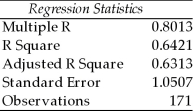 ANOVA
ANOVA

 The various residual plots are as shown below.
The various residual plots are as shown below.
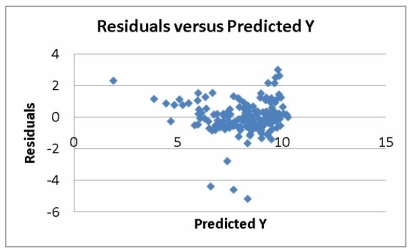
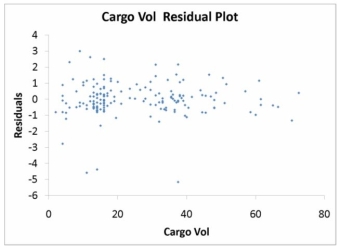
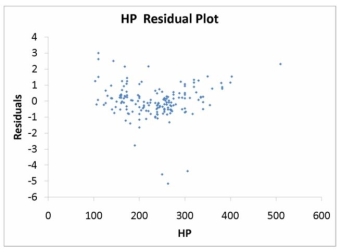
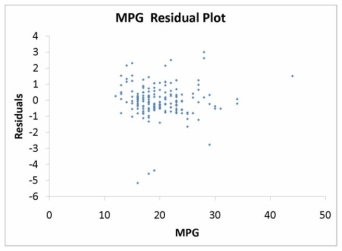
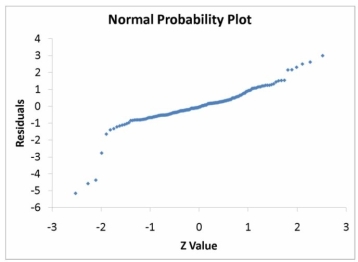 The coefficient of partial determination (
The coefficient of partial determination (  ) of each of the 5 predictors are, respectively, 0.0380, 0.4376, 0.0248, 0.0188, and 0.0312.
) of each of the 5 predictors are, respectively, 0.0380, 0.4376, 0.0248, 0.0188, and 0.0312.
The coefficient of multiple determination for the regression model using each of the 5 variables as the dependent variable and all other X variables as independent variables (  ) are, respectively, 0.7461, 0.5676, 0.6764, 0.8582, 0.6632.
) are, respectively, 0.7461, 0.5676, 0.6764, 0.8582, 0.6632.
-Referring to Table 15-5, ________ of the variation in Accel Time can be explained by MPG while controlling for the other independent variables.
Definitions:
Union Contract
A formal agreement between a union and an employer detailing the terms of employment, wages, benefits, and working conditions.
Negotiators
Individuals or entities involved in discussions aimed at reaching an agreement.
At-will Doctrine
A legal concept in employment law that allows either the employer or the employee to terminate employment at any time, for any reason.
Conditions of Employment
The terms and circumstances under which employees are hired, including work hours, salary, benefits, job responsibilities, and work environment.
Q8: Referring to Table 13-4, the coefficient of
Q8: Special or assignable causes of variation are
Q19: Which of the following statements about quorum
Q19: Referring to Table 14-15, there is sufficient
Q21: Referring to Table 15-5, what are, respectively,
Q45: Referring to Table 16-11, the fitted values
Q72: The Shewhart-Deming cycle plays an important role
Q81: Referring to Table 15-5, the 0 to
Q94: Referring to Table 14-10, the total degrees
Q144: In a multiple regression problem involving two